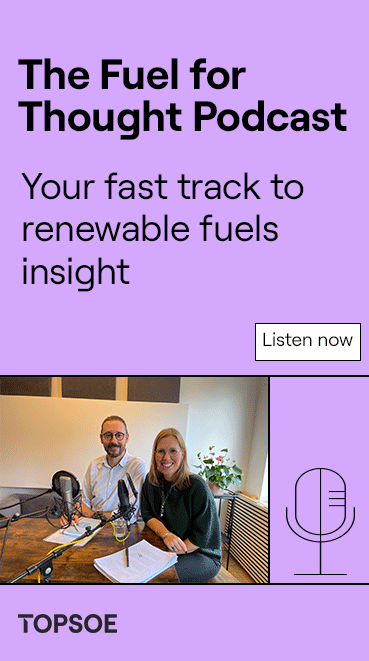EU soybean production to hit record level this year
- UFOP
- Jul 14, 2022
- 2 min read

The soybean output of the European Union more than tripled over the past 10 years.
According to recent information published by the EU Commission, the 2022 harvest is likely to amount to around 3 million metric tons, which would be up nearly 15 percent year-on-year. In other words, EU-27 soybean production would reach a new record high level.
Italy is seen to remain the largest producer within the EU in 2022, with 1.1 million tons currently projected. This would translate to a 29 percent rise year-on-year. In other words, Italy’s share in European soybean production is set to rise to nearly 38 percent.
The commission also sees other member states’ soy supply exceeding the previous year’s level.
France, the second largest EU supplier of soybean, is expected to see a 4 percent production increase to 457,000 tons.
Austria’s output is projected at 286,000 tons, almost 22 percent more than the previous year.
German producers, which harvested significant amounts of soybeans for the first time in 2016, are expected to bring in 136,000 tons, around 27 percent more than in 2021. This means that German output would have more than tripled over the past six years.
By contrast, Romania’s harvest, which is currently forecast at 331,000 tons, will probably fall 4 percent short of the previous year’s level.
According to investigations conducted by Agrarmarkt Informations-Gesellschaft (mbH), the main reason for the growth in soy supply in the EU-27 is an expansion in area planted. The European Commission currently estimates the 2022 soybean area at around 1 million hectares (2.47 million acres). This translates to an expected rise in area of close to 9 percent on the previous year and would set a new record.
The Union zur Förderung von Oel- und Proteinpflanzen (UFOP) has expressly welcomed the positive development of European soybean farming, because it provides many farmers with a further crop to expand crop rotation and meet the growing demand for regionally produced products.
At the same time, the association has pointed out that there is still significant need to invest in soybean breeding in order to come up with regionally adapted and competitive varieties. The new breeding technologies, such as CRISPR/Cas, could go a long way towards making such varieties available.


































